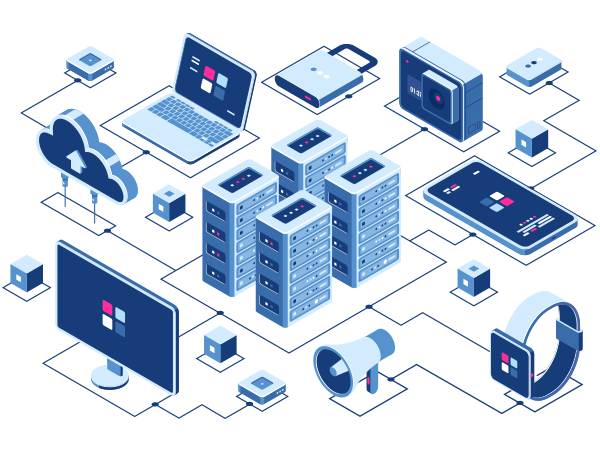Hard infrastructure includes bridges, ports, roads, tunnels, and then railways. It is having all the physical systems that are important for the economy. Hard infrastructure also comprises communication services like broadband and telephone lines. One more name for hard infrastructure is tangible infrastructure.
Hard infrastructure is important because it is the one that provides a higher amount of opportunities for employment, healthcare as well as education to people of metropolitan cities.


I have done an article previously about infrastructure, in general, read it here: What is Infrastructure development in 2022
Different features of Hard Infrastructure:
Provide Services from Capital Assets:
Hard infrastructure comprises physical assets that provide services to the people. The employees have to monitor and operate all these assets. Hard infrastructure did not offer service directly to their clients. It was the administration who had to take on tasks like taking orders, billing etc.
Hefty networks:
Hard infrastructure is such a network that is followed from generation to generation. The networks are according to the geographical area and life of infrastructure or it is a service that needs continuous maintenance and the replacement of the deteriorated infrastructure.
You can learn more about this here: Hefty Networks
Interconnection :
This is a system in which continuous modification and change occur. Infrastructure needs to enlarge and many times it is also required to rebuild. If we talk about the roads they have interconnection to the subdivision.
Government monopoly:
A hard infrastructure system consisting of monopolies is there because it is difficult to determine the initial cost of the assets. Once the project is completed then the marginal cost was taken out.
Infrastructure assets are those that are taken as public goods. That means all households are included in it. Everyone has the equal right to enjoy it. Therefore, its properties lead to competition between perfect competition and market efficiency. Therefore public goods are under the government.
Transportation:
When we talk about transportation, its deals with the roads and highways networks like bridges, tunnels, street lights, signage, and other specialized facilities for the maintenance of roads.
For pedestrians also so many facilities are to be seen like pedestrian bridges, underpasses, paths on the roads. Public transport System includes bus transportation, ferries, trolleys, etc.
All the railway crossings, rail yards, railway stations, signaling, etc. are an important part of railway assets.
Waterways and navigation need continuous maintenance, as well as lighthouses and sports, which are also included.
Energy:
Energy as an asset includes the generation of electricity; electric grids, distribution of electricity, etc. Gas pipelines storage and distribution are the assets of hard infrastructure. Also included are pipelines and their distribution.
Management of water-related infrastructure:
Water management comprises the canal system, drinking water supply, reservoirs, pumps, an irrigation system, flood control system, coastal management, etc. House equipment is also there like collection, treatment, and distribution of water.
Apart from these assets, Communications, Solid waste management. Global positioning systems, Seismometer networks are also the other assets of hard infrastructure.
Hard infrastructure is the most important physical infrastructure and for the development of the country, it plays a very vital role. If the infrastructure of a country is strong then the country’s economy develops very fast. Thank you!

Pingback: What is Soft Infrastructure in 2022 | Criss Cross Tamizh
Pingback: You need to know about the basic understanding of Infrastructure in 2022